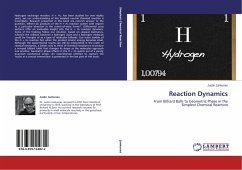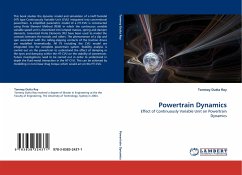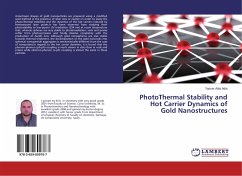Hydrogen exchange reaction, H + H2, has been studied for over eighty years, yet our understanding of this simplest neutral chemical reaction is incomplete. Research presented in this book are nature's answer to the question, 'Where do products of the H + H2 reaction scatter with respect to a particular direction in the center-of-mass frame?'. Differential cross sections offer an invaluable insight into the H + H2 reaction dynamics. Some of the findings follow our intuition, based on classical mechanics, wherein the collision between a hydrogen atom and a hydrogen molecule could be thought of as a type of molecular billiards. Our naive models of the H + H2 reaction fail, when the product kinetic energy becomes small. Although the experimental results can still be interpreted in the realm of classical mechanics, a better way to think of chemical reactions is to picture a warped billiard table that changes its shape as the molecules approach one another. Geometric phase effects in the H + H2 system are of a purely quantum mechanical origin. An experimental attempt to capture the 'nuclei at a conical intersection' is presented in the last part of the book.







